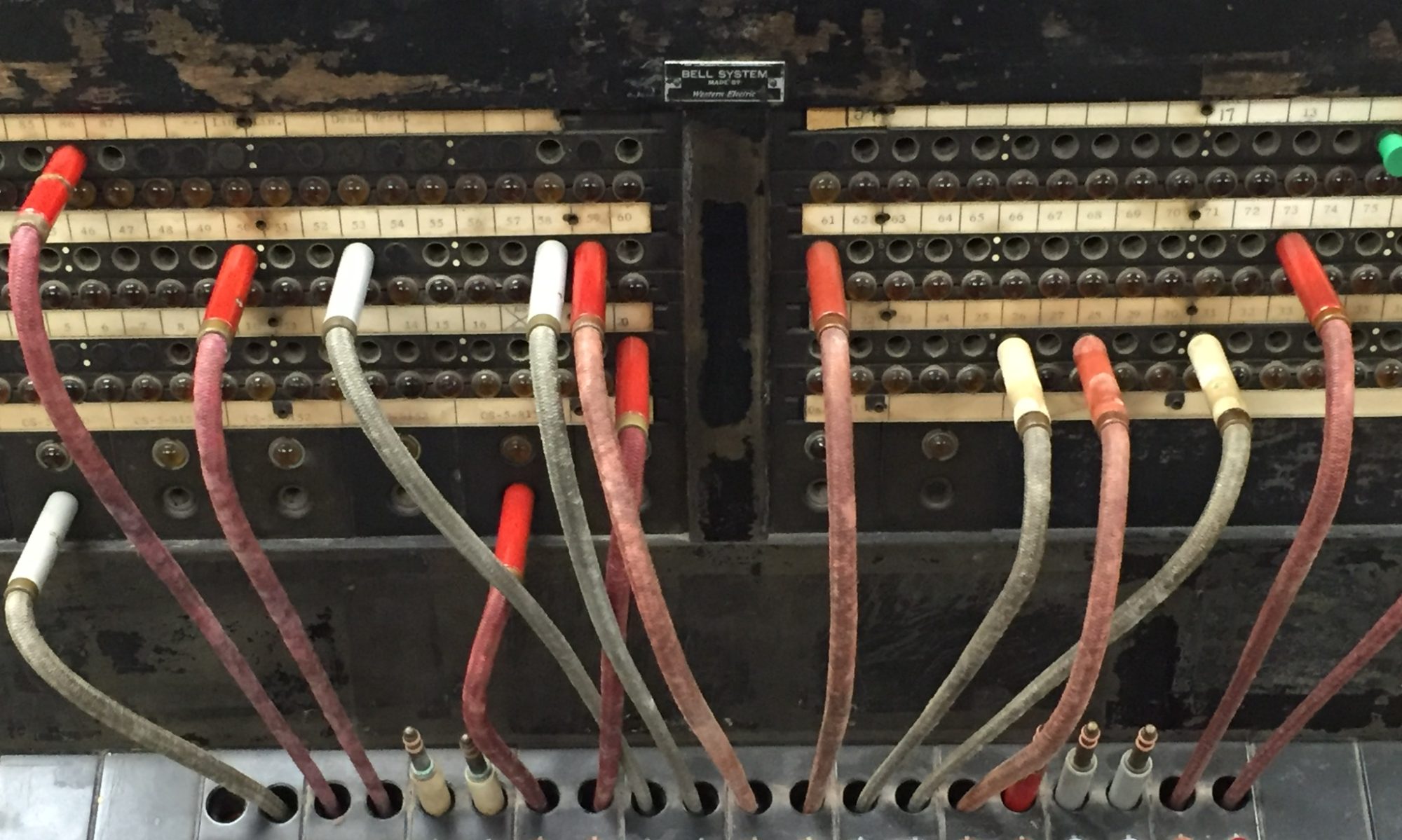Well, after December 2020 was quite a doozy of a month, December 2021 said “hold my beer” and blew away whatever crappy stuff was happening in 2020, to the point where for the first time in my life (since I can remember), I actually did not celebrate Christmas with my family. More on that later, but long story short despite having more projects than I know what to do with, my ADD brain led me to hyperfocus on telephony; something that I hold dear to me as exposure to most of ma bell’s refuse (equipment, phones, switches, computers, etc) in my childhood is what led me to technology in the first place. I had access to a ton of gear (even just seeing some of it) through a family friend that owned a recycling plant near my uncle’s house, and got to bring home some stuff like old phones (2500 sets) and tinker with them.

One thing I distinctly remember were many “Merlin” phones; and of course getting a nostalgia kick, I found a couple “analog” Merlin phones that had that silver/sleek 1980s futuristic look I remember, with membrane buttons and the At&t logo.
So naturally, while I could just plop one on a shelf and call it a day, nope, I was curious as to what it would take to make them work again, which has led me on a 3 week rabbit hole of research and Ebay-a-thons, as setting up a telephony homelab was on my long to-do list anyway, and why not tie it into my retro-computing hobby, possibly my ham radio hobby (whaat?), and feed my nostalgic kick all at once.

In my research, I learned that the Merlin phone system started out with the intention of being a replacement to the 1A2 Key phone system, which many of us 80s kids remember seeing in our doctors offices; those old olive green phones with the ice-cube-like buttons that would randomly light up as the receptionist did her thing.
The first Merlin phone system was a small box (for the day) capable of handling 6 phones and 2 lines, hence the model “206”. It had nearly no features, but later on you could add a “Feature Pack” cartridge that would add features such as hold, paging, distinctive rings, and more. Later iterations of the system included the 410 (4 lines, 10 phones), and 820 (8 lines, 20 phones).
(SXSPhil on Youtube shows what the early Merlin PBXs looked like in this video: https://www.youtube.com/watch?v=W-KpFUGf-Hs)
The system grew up with some larger intermediate models like the Merlin II, later the Merlin Legend, and the Merlin name ending with the Merlin Magix, supporting up to 70+ lines and over 200 phones. While these systems started with At&t and Bell Labs in the early 1980s, they were carried forward with all the subsequent companies like Lucent Technologies and Avaya, and each generation was backwards compatible with most of the Merlin phones, although the Magix doesn’t support the analog phone lineup. You can find a great overview of the Merlin systems in this document.
All that said, after reading the overview linked above, I really liked the idea of playing with a Merlin Legend (it didn’t help that a fellow Twitterer had posted one up as well), and through a series of bad decisions, bits and pieces of a Merlin Legend started showing up at my door.
Stay tuned for Part II, where I’ll tell you how NOT to buy a 30 year old phone system 😉
